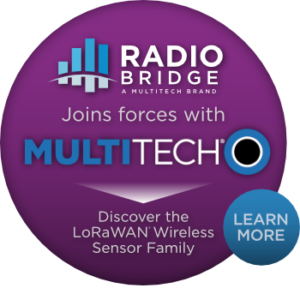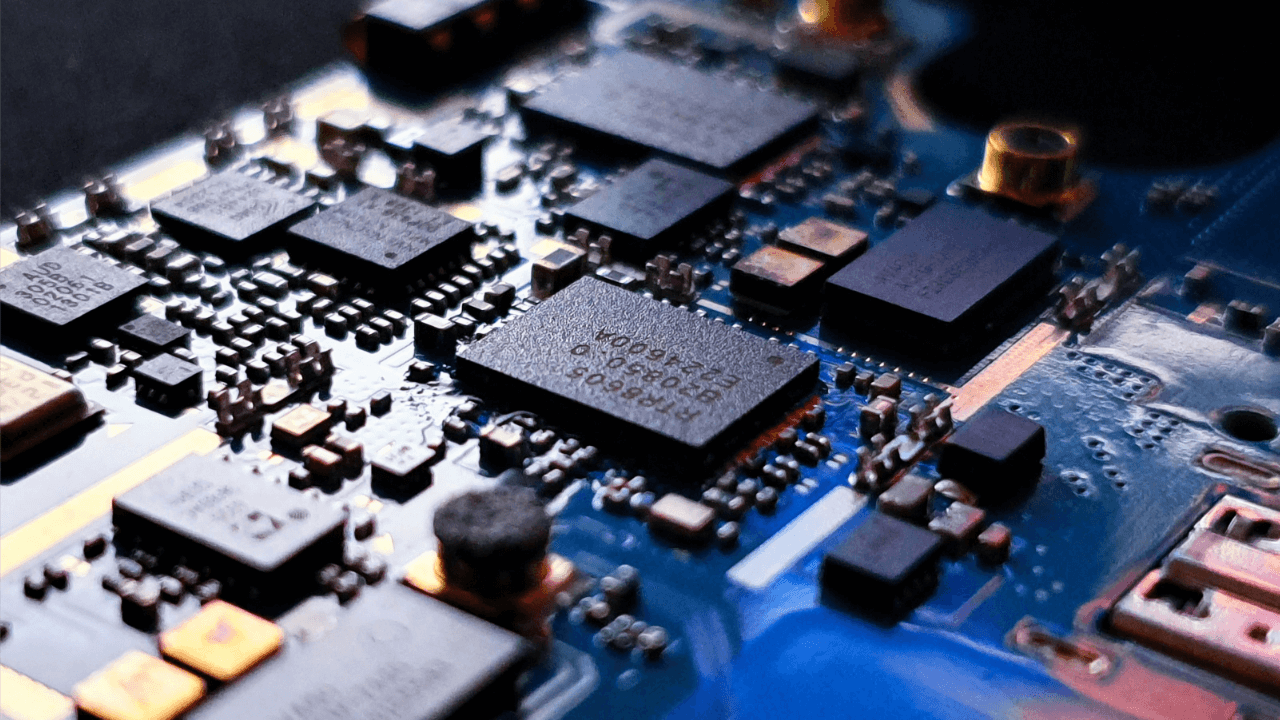
One thing that all brick-and-mortar retail establishments have in common is the need to monitor the movements of store merchandise and business assets. Managers need to know when merchandise is safely where it is supposed to be and when it is being moved to a location where it should not be. Unauthorized movement could indicate a theft in progress, or it might just be a well-intentioned employee moving something to the wrong location. Either way, the result could be stolen merchandise, a lost sale when the desired item can’t be found, or lost productivity as employees are occupied by inventory checks to locate misplaced merchandise.
Managers also need to keep an eye on the movements of store assets. Company vehicles, tools, and other equipment are all vulnerable to pilfering and unauthorized use by intruders or employees. According to the National Retail Federation, each dishonest employee costs retailers an average of more than $1,200 each year. And while we tend to picture shoplifters as small time thieves hiding a few items under their clothing, NRF surveys indicate that the average shoplifting incident costs a store more than $500.
Wireless Movement Sensors Are a Vital Part of a Comprehensive Loss Prevention Strategy
Every retail operation should devise a comprehensive loss prevention strategy that combines multiple tactics. The exact methods needed will naturally vary from business to business, but common measures include security cameras, security tags on merchandise, and in-store security personnel trained to detect suspicious activity. Another versatile tool retailers can deploy to ensure that merchandise and store property stay where they are supposed to be is the wireless movement sensor.
First, let’s make it clear that we are not talking about motion sensors. Motion sensors are stationary devices that detect moving objects within a particular range. They react to any sufficiently large moving object. Motion sensors are great for detecting an intruder in a closed store or a wayward customer or employee in a restricted area. All retailers should consider using them.
Wireless movement sensors, on the other hand, are attached to specific items like merchandise, equipment, or vehicles, and raise an alert when they begin moving. When a motion sensor activates, you know something or someone is moving in a certain space, but you don’t know who or what. When a wireless movement sensor raises an alert, you know precisely which item is in motion.
LoRaWAN® is the Ideal Wireless Standard for Wireless Movement Sensors
All wireless sensors must be connected to a wireless network of some sort in order to function. There are numerous wireless standards currently in use. WiFi, Bluetooth,Zigbee, and Z-Wave, are all capable protocols that function well for certain applications and environments. For movement sensors and other wireless sensors used in retail locations, the LoRaWAN® protocol is a particularly effective choice.
What is LoRaWAN? Let’s break it down. “LoRa” is short for “long range,” and long range is exactly what a retailer needs when something valuable is headed out the door or off the lot. A LoRa signal can reach up to six miles or more. That’s a major advantage over other protocols like standard WiFi, Bluetooth, or Zigby, which sometimes have trouble covering an entire house. LoRaWAN also does a better job of penetrating walls, shelves, rows of merchandise and other obstructions.
WAN is the commonly used acronym for Wide Area Network. Your wireless motion sensors, along with other wireless sensors you may be using, all connect to one central LoRaWAN gateway and from there to your local server or the internet. Most wireless sensors, like those offered by Radio Bridge, a MultiTech brand, then report to a web-based console app that lets you know what’s happening when a sensor is triggered.
Different Movement Sensors for Different Needs
Radio Bridge offers several movement sensor models. The standard wireless acceleration -based movement sensor is ideal for indoor use. Affix one of these to a high-dollar item on the sales floor or in your storage area, configure it remotely using your Radio Bridge console, and you’ll receive an alert when the item starts to move. As the name suggests, the sensor has its own internal accelerometer that activates when it begins moving at a rapid clip, so you won’t be bothered if someone simply scoots the item to a different position or bumps into it. However,if the item is picked up and carried a significant distance or ends up in a moving vehicle, you’ll know immediately.
For company vehicles, merchandise, or equipment stored outdoors, Radio Bridge also provides an outdoor/industrial movement sensor. This model offers all the protection of the standard format in an armored casing that resists the elements and attaches firmly to the item you want protected. Finally, if you have vehicles or equipment stored behind garage-style doors, you’ll want to know when someone is opening those doors, especially after hours. A Radio Bridge wireless tilt sensor will alert you when an overhead garage door lifts into the open position or lowers into the closed position. An armored outdoor industrial version is also available.
Protect Your Profits With Radio Bridge
Thefts in the retail space frequently go undiscovered until long after they have occurred. At that point, the missing items are unlikely to be recovered. Radio Bridge wireless movement sensors alert you the moment an item starts moving, giving you time to do something about it. The LoRaWAN wireless protocol keeps you connected to your most valuable assets with a strong, secure signal that can travel for miles.
Radio Bridge also offers other LoRaWAN-connected security products to protect your profitability, your assets, and your employees. Some are designed to defeat criminals, while others safeguard your premises and property from environmental threats like water leaks and excessive humidity or heat. Other Radio Bridge products for retail environments include wireless push button systems and wireless bridges that let you connect third-party devices to your LoRaWAN network. For more information on what Radio Bridge has to offer, check us out today.





